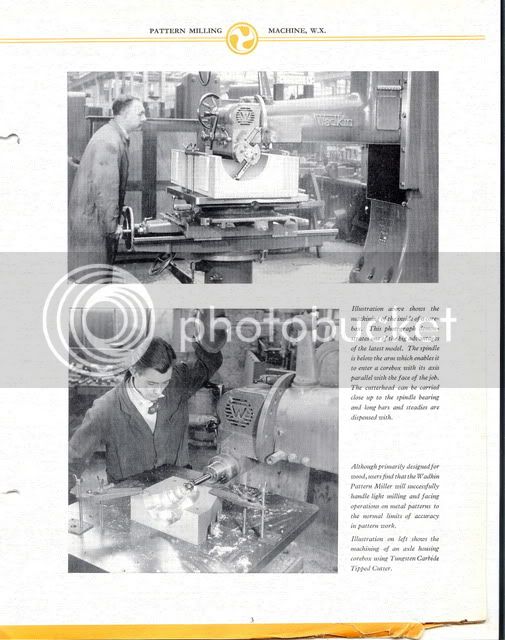Aled Dafis
Established Member
oakfield":2h5pfqaf said:Well, i may be in the minority, but i have also done this in the past week.
As has been said before, i think it is safe enough for a competent person to do if they are sensible about it.
ie. clamp fences both sides of the work piece, a bridge between them over the blade and take very small cuts feeding the wood slowly.
the riving knife isn't an issue as you aren't cutting a kerf that can close on the blade.
Same here, I've done it a couple of times and as long as you've got your wits about you and clamp lengths of wood to act as fences both sides with a "bridge" screwed in place over the spinning blade, it's pretty safe. I wouldn't hesitate to do it again if the need arose.
Cheers
Aled




































